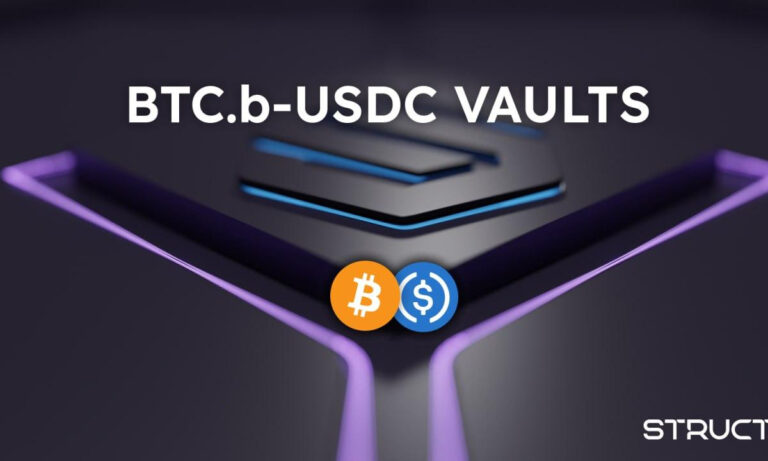Investor Grit vs Regulatory Uncertainty: Will Ripple’s XRP Withstand the Pressure?

- Stuart Alderoty, and XRP advocate John E. Deaton took to social media to express their concerns and criticized SEC Chair Gary Gensler for his negative comments regarding cryptocurrencies.
- This criticism stemmed from Gensler’s interview on Bloomberg, where he advocated for applying securities laws to cryptocurrencies as a means to prevent fraudulent activities and market manipulation.
In the ongoing legal proceedings between the SEC and Ripple, another week has passed with the court considering the SEC’s motion for an interlocutory appeal. The presiding Judge, Analisa Torres, received the necessary arguments for the SEC’s motion by September 8.
The timing of rulings in such cases can vary significantly. Some decisions may be rendered within a week, while others, particularly in complex cases, can take several months. Judge Torres, despite having applied the Howey test in her original ruling, is expected to carefully deliberate and not rush the process.
This uncertainty surrounding the outcome of the SEC’s motion has cast a shadow on the enthusiasm of XRP buyers. Investor apprehension is likely to influence the price of XRP as the case unfolds. It’s important to note that there is no fixed rule for the duration of deliberations or the final outcome. A prolonged review period would undoubtedly test the resilience of investors.
As a result, both XRP and the broader cryptocurrency market find themselves in a state of suspense. The consequences of the rulings in these respective cases carry significant implications for both the crypto market and the parties involved.
Notably, John E. Deaton, founder of Crypto-Law US and an attorney who represented over 70,000 XRP holders in the SEC v Ripple case as an Amicus Curiae, holds the belief that a favorable ruling on Coinbase’s dismissal motion could potentially compel the SEC to consider settling with Ripple.
Was there corrupt intent at the SEC? #ETHGATE
Check these facts: @CryptoLawUS #XRPArmy
Was there corrupt intent at the SEC?
Posted on April 29, 2021By John E. Deaton (@JohnEDeaton1), Founder and Host of CryptoLaw.
You would think that blatant government corruption and… pic.twitter.com/9AM5bP7QEY
— XRP DROPZ (@DROPZXRP) September 21, 2023
Crypto Advocates vs. Regulators
In the ongoing regulatory saga surrounding the cryptocurrency industry, the absence of a well-defined regulatory framework has been a persistent point of contention, sparking disagreements between blockchain proponents and regulatory authorities. A recent episode in this ongoing battle unfolded when Stuart Alderoty, Chief Legal Officer of Ripple, and XRP advocate John E. Deaton voiced their concerns on social media, directing their criticism toward SEC Chair Gary Gensler due to his anti-cryptocurrency remarks.
This criticism stemmed from Gensler’s interview on Bloomberg, where he advocated for applying securities laws to cryptocurrencies as a means to prevent fraudulent activities and market manipulation. The timing of this critique is noteworthy, given that prominent players in the crypto industry, such as Ripple and Coinbase, have been actively pushing for regulatory clarity in the United States. They argue that clear regulations are essential to fostering innovation and safeguarding the interests of investors.
Alderoty pointed out what he saw as inconsistencies in Gensler’s stance, accusing him of undermining the pursuit of regulatory clarity by showing disrespect for judicial decisions. In a similar vein, Deaton echoed these concerns and stressed the importance of protecting investors against what he perceives as the SEC’s “anti-crypto stance” and hypocrisy.
This debate extends beyond mere words. Deaton, representing a substantial number of XRP holders, holds significant influence in the crypto legal landscape. The discussion sparked further discourse within the crypto community, with figures like Steven Nerayoff, an early Ethereum adviser, drawing attention to the $19.2 trillion loss in US household wealth during the housing crisis, which occurred under the oversight of regulated institutions. This perspective implies a degree of irony and raises questions about the effectiveness of regulations in shielding people from fraud and manipulation.
The XRP Price Potential
In the realm of XRP’s price potential, one of the key drivers could be the tokenization of assets. As more prominent entities seek secure and efficient methods to digitize their assets, they may turn to the XRP ledger, given its established reputation and capabilities. Tokenization involves converting the value of physical or other assets into digital tokens on a blockchain.
The consequence of holding substantial value on the XRP ledger is a reduction in the freely circulating supply of XRP. When fewer XRP tokens are available on the open market, scarcity naturally has the potential to push up its value.
The Role of On-Demand Liquidity
XRP’s original value proposition lies in its capacity to provide on-demand liquidity for cross-border transactions. In simpler terms, it serves as a bridge currency, facilitating faster and more cost-effective currency transfers worldwide.
Now, consider the intersection of two factors: the tokenization of assets, which can limit XRP supply, and the increasing demand for on-demand liquidity. This creates a scenario where a growing number of transactions are vying for a limited pool of XRP tokens.
Conclusion
While a price prediction of $100,000 for XRP seems bold, understanding the potential factors at play makes it seem less far-fetched. The amalgamation of massive entities tokenizing assets and the inherent demand for XRP’s on-demand liquidity services could set the stage for unprecedented price levels. As always, in the volatile world of cryptocurrencies, it’s essential to conduct your research and tread with caution.











